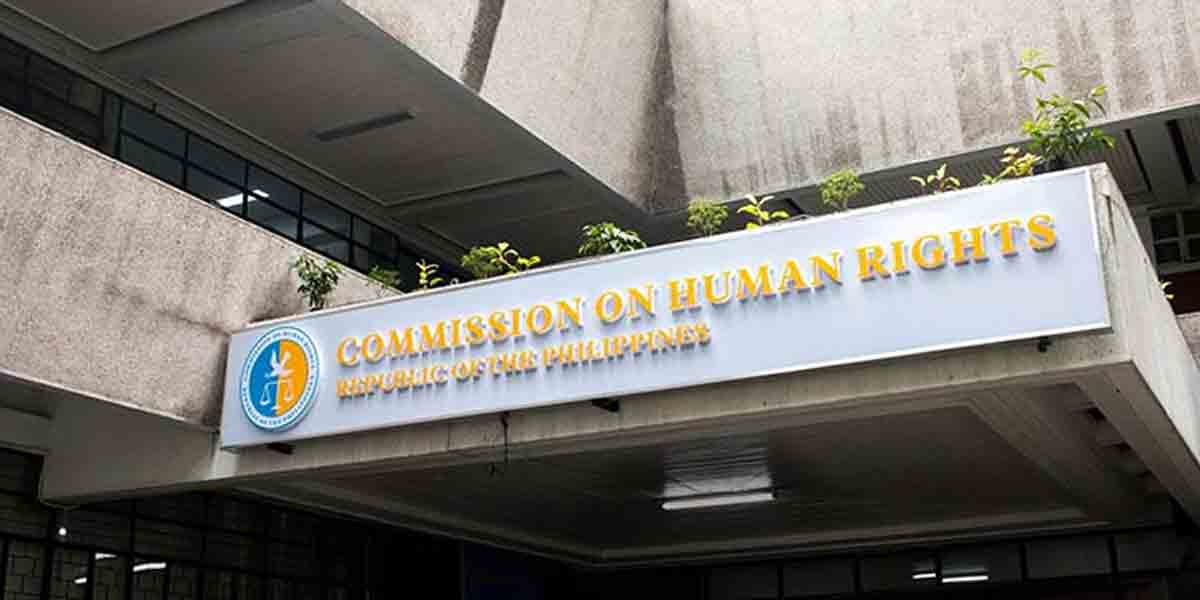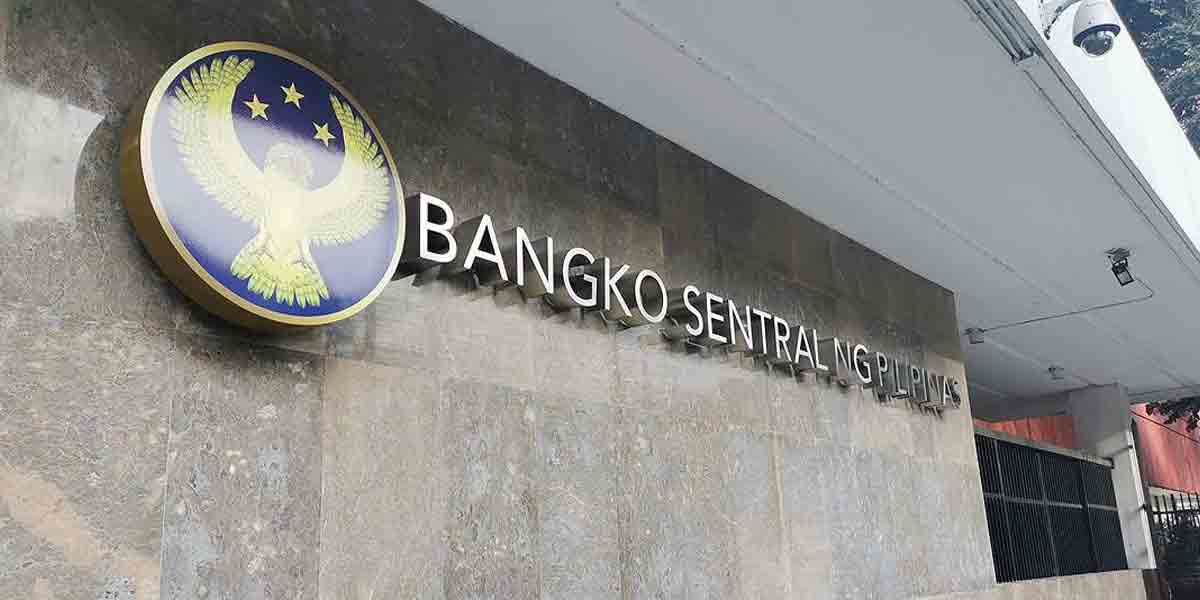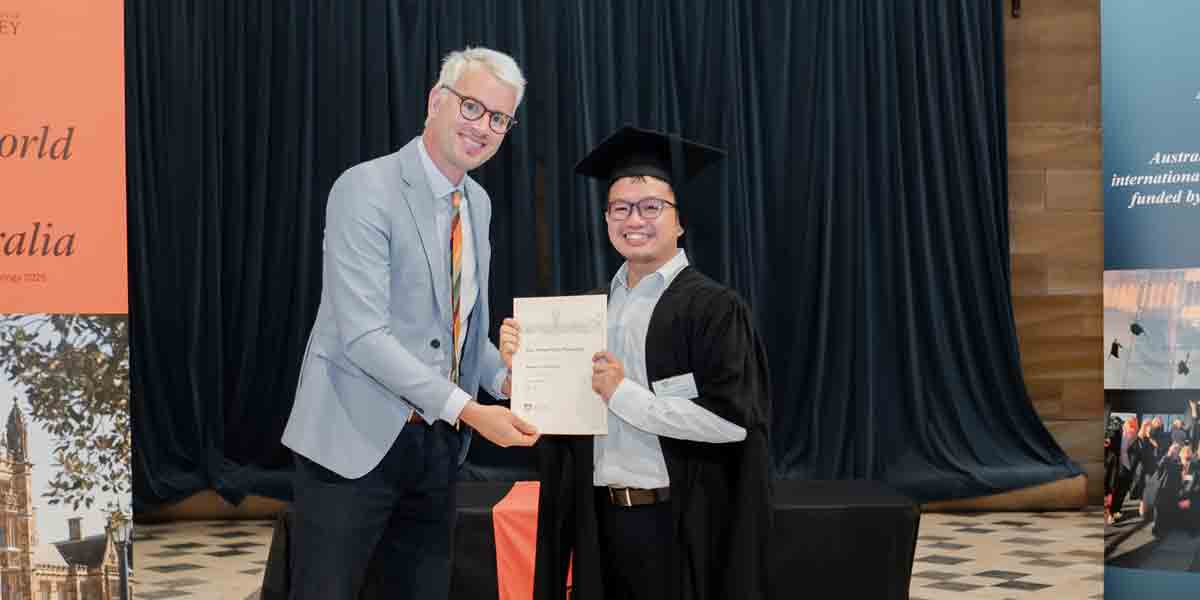By Noel Galon de Leon
After the announcement and granting of Iloilo as a UNESCO City of Gastronomy under the latest UNESCO Creative Cities Network (UCCN) on October 31, 2023, Iloilo has become the first city in the Philippines to receive this recognition. What, then, has the city achieved to uphold this honor, and how is this recognition now being received and understood by more Ilonggos? Rather than debating whether Iloilo deserves this title, this article focuses on how we can make the most of it. By celebrating our food heritage and engaging more Ilonggos, we can ensure this recognition brings real benefits to our communities and strengthens our city’s identity.
It’s undeniable that many, especially among ordinary Ilonggo citizens, still don’t understand the meaning of gastronomy and Iloilo’s designation as a City of Gastronomy. If you ask some of the taxi drivers at Iloilo Airport, many of them still don’t know what being a City of Gastronomy means for Iloilo. When you follow up with a question about the best places to eat in Iloilo, their most popular answers will be Tatoy’s Manokan and Seafood, Breakthrough Restaurant, Roberto’s, Netong’s Original La Paz Batchoy, and Punot Flavors of Modern Iloilo. These have been their go-to responses for a long time. However, beyond these, I see an opportunity to elevate the knowledge of our taxi drivers and ordinary Ilonggo citizens. How? The city needs to invest in providing open-access forums aimed at educating the public about its direction toward becoming a more authentic City of Gastronomy.
How will this be accomplished? It is essential to engage with the public, particularly the working class—or, in other contexts, those we refer to as the base of society or primary sectors—as they constitute a significant portion of the population employed in various fields. This includes taxi, tricycle, and jeepney drivers; vendors; domestic helpers; bakers; farmworkers; janitors; security guards; and delivery riders. At first glance, this suggestion may elicit a skeptical eyebrow raise, especially if the reader’s background is rooted in academia or comes from an elite perspective. However, the reality is that those I have mentioned hold the key to effectively navigating the rapidly changing dynamics of the city by understanding the concept of empowering locals to promote the city as a hub of gastronomy. While I recognize the importance of the city’s current efforts in organizing seminars and workshops, it is equally crucial for them to invest in the working sector—those who are the lifeblood of our streets, such as drivers. This investment will foster a more inclusive and sustainable approach to urban development and gastronomy, allowing all voices to contribute to the city’s narrative.
When the relevant sector is provided with sufficient and updated information, we can expect more inclusive and locally friendly restaurants to emerge, especially smaller establishments that often struggle to market themselves. These hidden gems contribute significantly to the city’s food history, and it is essential to amplify their voices and recognize their value. Their unique offerings not only enhance our culinary diversity but also play a crucial role in shaping our identity as a city. Supporting these restaurants goes beyond individual contributions; it reinforces the recognition we’ve received from UNESCO and strengthens the local economy and community ties. By promoting these smaller establishments, we honor their stories and traditions, creating a more vibrant and inclusive food culture that truly reflects the richness of our gastronomic heritage.
In relation to the topic of publication. Publishing plays an important role in promoting Iloilo’s gastronomy, yet the city must ensure that its sustainability efforts do not solely revolve around the production of expensive books with limited access for the public. The true value of publications extends beyond mere documentation; those involved in creating works about local food culture must address critical issues like access, marketing, and distribution. When the goals of publishers are unclear, and their materials are primarily directed at an English-speaking audience, the initiative risks losing its effectiveness. This disconnect can diminish the relevance of published works, such as books, brochures, and online content, which are intended to share stories, recipes, and the history of local cuisine. To connect meaningfully with the community, these publications should appeal to local residents who experience the culinary scene every day.
For these publications to truly benefit the community, they should serve as inclusive resources for both tourists and local residents. It is vital to create materials that reflect the diverse culinary practices of Iloilo while also being accessible in multiple languages, acknowledging the linguistic diversity of the region. This approach not only democratizes access to knowledge but also empowers local residents by celebrating their culinary traditions and fostering pride in their identity. Ultimately, the goal of publishing should be to inspire and educate, reinforcing the importance of gastronomy as a core aspect of Iloilo’s culture. By prioritizing inclusivity and cultural relevance, these initiatives can contribute significantly to the sustainability of Iloilo’s rich culinary landscape and enhance its recognition in the broader narrative of Filipino gastronomy.
If the local government unit is genuinely committed to establishing Iloilo as the first city of gastronomy in the Philippines, it must also prioritize the development of projects focused on the documentation and research of local foods. Such initiatives are essential for expanding both knowledge and appreciation of Iloilo’s rich culinary heritage. One practical approach could be to provide grants for public individuals or groups interested in studying the history of local cuisine. While there are existing resources—books and research—on our food culture, there is a pressing need for contemporary studies that examine the history and cooking methods of our dishes, particularly those that are deeply intertwined with the cultural contexts of our communities in Iloilo.
These research endeavors can serve a dual purpose: they not only facilitate a deeper understanding of our food history but also bridge the gap between generations. In a time when fewer young people show interest in cooking or are aware of local foods, revitalizing this knowledge can reignite appreciation for traditional culinary practices. By documenting these histories and cooking techniques, we can foster a renewed interest in local gastronomy among the youth, ensuring that the stories and skills associated with our food heritage are not lost. This effort is not merely an academic exercise; it is a vital means of preserving our cultural identity and nurturing a sense of pride in our culinary traditions. By investing in such documentation and research, Iloilo can effectively position itself not just as a city of gastronomy, but as a custodian of its own culinary legacy.
Before I conclude, I feel compelled to express a critical sentiment regarding the actions the Gastronomy Council can take to effectively manage and promote Iloilo’s food culture, both locally and in neighboring regions. It is essential for the council to forge strong connections with surrounding towns in Western Visayas, such as Aklan, Antique, Capiz, Guimaras, and Negros Occidental. By cultivating these relationships, the council can create a robust network that enhances regional gastronomy, allowing for a shared celebration of culinary traditions. This collaborative effort will not only advocate for Iloilo’s rich culinary heritage but also inspire neighboring areas to recognize food as a fundamental aspect of our collective Filipino identity, fostering unity and pride in our diverse gastronomic landscape.
To ensure that the Gastronomy Council’s existence is impactful and meaningful, it must adopt a more creative approach in developing projects that cater to the unique needs of various communities, both within and outside of Iloilo City. This can begin with a multifaceted educational strategy that involves collaboration with educators and curriculum developers. By integrating Iloilo’s rich culinary heritage and the broader gastronomic traditions of Western Visayas into school programs, the council can instill a sense of pride among students regarding their local cuisine. This initiative is crucial not only for nurturing appreciation among current students but also for ensuring that future generations recognize and honor the cultural significance of their food traditions. Through such educational efforts, the Gastronomy Council can play a vital role in fostering a deep-rooted respect for local gastronomy, encouraging a lifelong commitment to preserving and celebrating our culinary heritage.
The council should leverage the power of digital media to reach a wider audience, especially the youth. With a more substantial budget, local government units and interested private institutions could produce engaging content on platforms like YouTube and TikTok that highlight cooking techniques, local ingredients, and the stories behind traditional recipes. By targeting visual learners and the younger generation, these platforms can effectively disseminate knowledge about Iloilo’s culinary heritage while encouraging local engagement. This innovative approach would not only promote the city’s rich food culture but also provide a space for local chefs, food artisans, and influencers to share their expertise, thus nurturing a vibrant gastronomic community that can attract both local and international visitors.
At the heart of this endeavor lies the essential need to support local farmers and fisherfolk. The council must prioritize understanding their challenges and identifying ways to facilitate smoother processes through direct assistance and consultations. By actively engaging with these local stakeholders, the Gastronomy Council can create a more sustainable and ethical food system that values the contributions of those who cultivate and harvest the region’s ingredients. This collaborative spirit will not only enhance community health and economic development but also elevate Iloilo’s culinary scene by showcasing the talent and traditions of its neighboring towns. The council’s efforts should inspire surrounding communities to view food culture not merely as a commodity but as a vital aspect of their shared heritage, enriching the definition of what it means to be Ilonggo and Filipino.
Noel Galon de Leon is a writer and educator at University of the Philippines Visayas, where he teaches in both the Division of Professional Education and U.P. High School in Iloilo. He serves as an Executive Council Member of the National Commission for Culture and the Arts-National Committee on Literary Arts.























